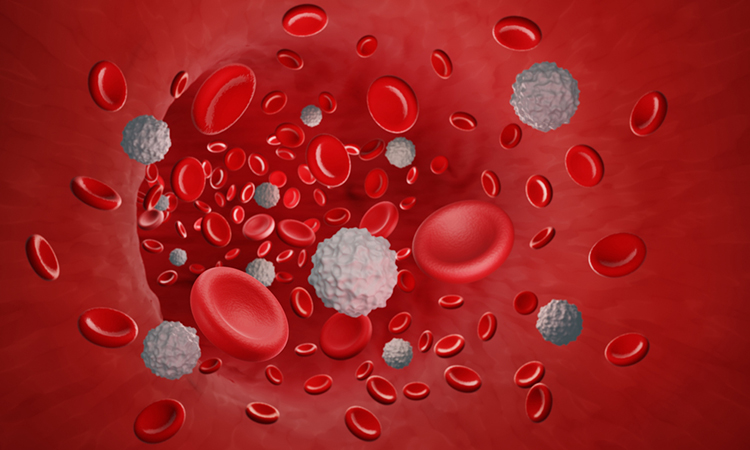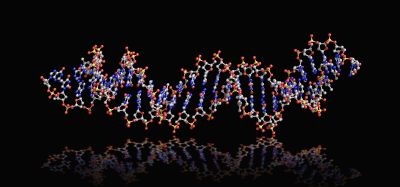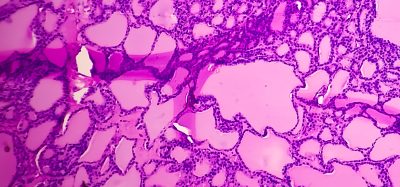RBM5: potential drug target for acute myeloid leukaemia
Posted: 15 January 2024 | Drug Target Review | No comments yet
RBM5 removal from cells meant that HOXA9 mRNA levels were greatly reduced, which could lead to therapies targeting HOXA9-driven leukaemia.


Scientists at the St. Jude Children’s Research Hospital, using CRISPR/Cas-9 screening, have identified the RNA-binding protein RBM5 as a drug target to treat acute myeloid leukaemia (AML).
In over 70 percent of AML cases, overexpression of the protein HOXA9 is observed, which is often linked to a poor prognosis. However, although this would make HOXA9 a useful drug target, its role as a transcription factor has left it undruggable because a drug that interferes with it would likely have many off-target effects.
To overcome this, the researchers investigated the proteins HOXA9 works alongside and relies on to function. Co-corresponding author on the paper Dr Chunliang Li, St. Jude Department of Tumor Cell Biology, had worked on devising an unbiased CRISPR screening strategy to identify targets of HOXA9.
He stated: “We built up this unique reporter system in early 2019, which is the first reporter authentically representing HOXA9 expression in these leukaemia systems.”
The CRISPR/Cas9 screening approach involves attaching a fluorescent tag to the HOXA9 gene and inserting it into leukaemia cell lines, which enables researchers to track differences in expression levels by observing the fluorescence in cells.
Dr Li said: “We wanted to identify a more targetable or novel regulator. So, we conducted an unbiased whole genome CRISPR screening to target all the genes expressed in cells.” This meant the scientists could examine different pathways where HOXA9 left its fluorescent fingerprint. Splicing factors appeared to be the most represented pathway.
“This was quite surprising to us because splicing factors regulate different combinations of the transcript, but not usually the level. Our data suggested these proteins control the HOXA9 expression level,” explained Dr Li. “So, we hypothesised maybe the splicing factors have another function, like a dual function.”
The team discovered that RBM5 is highly expressed in leukaemia cells compared to other cell types and that both the DNA- and RNA-binding sites are vital to its oncogenic functions.
Although the RBM family comprises vital RNA splicing factors, their function in DNA transcription was unknown. The researchers generated a system to enable the acute degradation of RBM5 to address the direct transcriptional regulation of RBM5/HOXA9.
“Immediately after RBM5 protein was removed from cells, HOXA9 mRNA levels were significantly reduced,” Dr Li explained. “This reduction happened as early as two hours later but did not impact splicing events of HOXA9.” As well as this, leukaemia cells without the ability to produce RBM5 were rescued through overexpression of HOXA9, further demonstrating the link between the two proteins.
Therefore, the RBM5 protein could be explored as a drug target for AML. “We think RBM5 is a very good dependency gene, which should be a good target based on our functional assays,” Dr Li concluded. “If we can specifically target the DNA binding affinity of these proteins, we should be able to combine with other existing therapies in synergy to target HOXA9-driven leukaemia.”
This study was published in Genome Biology.
Related topics
Assays, Cancer research, CRISPR, Drug Targets, Genomics
Related conditions
acute myeloid leukaemia (AML), Cancer Research
Related organisations
St Jude Children’s Research Hospital
Related people
Dr Chunliang Li (St Jude Children's Research Hospital)








